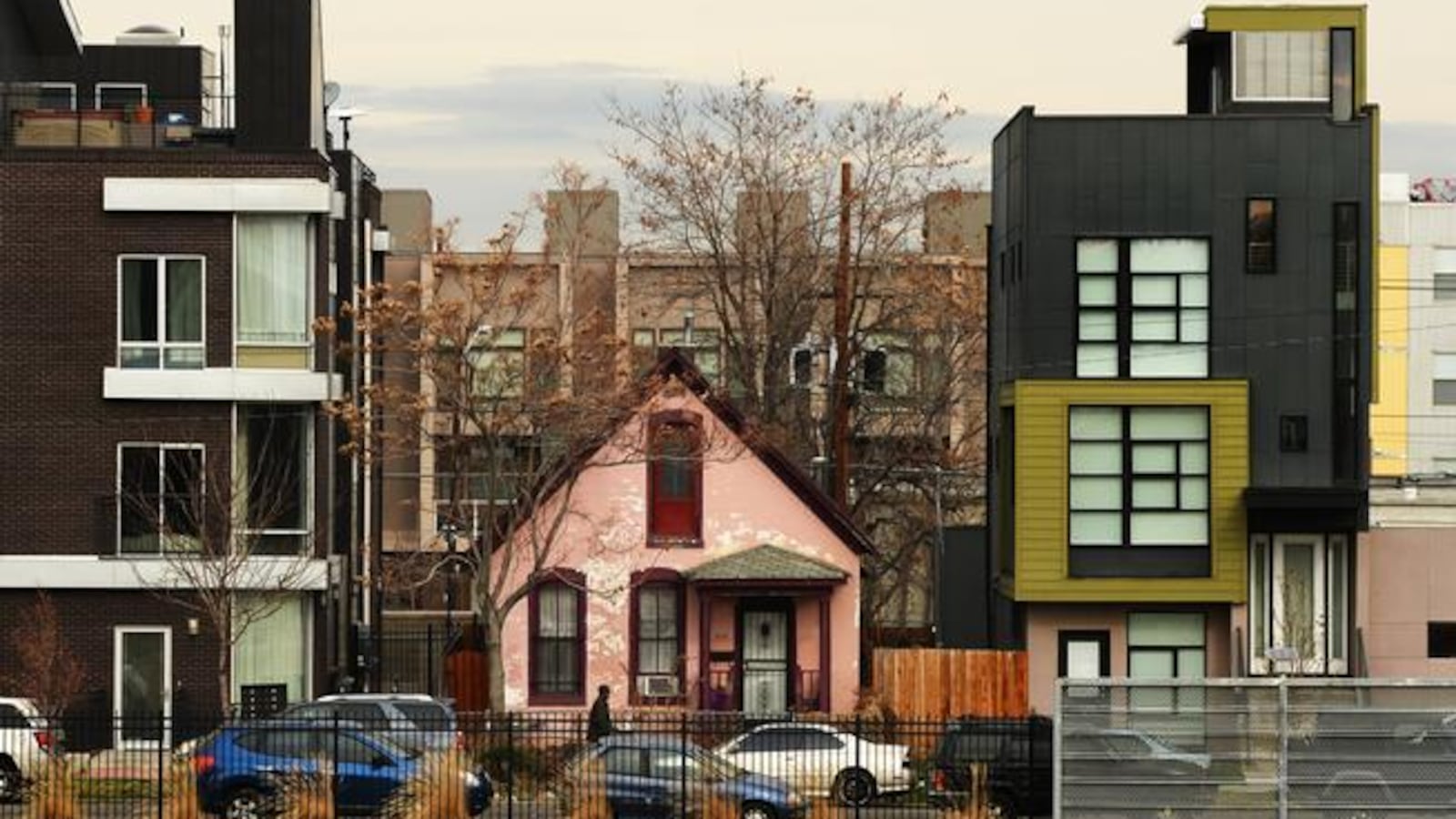All around us, Denver is changing.
Construction cranes tower not just over downtown but residential neighborhoods, like super-sized erector sets. Low-slung buildings along Welton and Tejon have been reduced to rubble, leaving holes in the ground soon to be filled by condos or apartments or another hip restaurant.
The city’s breakneck growth is remaking the face of not just Denver but the metro area and beyond — and in the process, profoundly changing the region’s public schools.
In a presentation to the school board, Denver Public Schools’ planning office laid out how rising housing prices are pushing lower-income families out of the city — leading to a slowdown in what had been a fast-growing student population. New construction is booming but much of it is aimed at millennials, most of whom don’t have school-aged kids, the district explained.
This story features five graphs that illustrate the shift — including a look at five-year trends showing the decline in minority students and students living in poverty, as well as troubling disparities that suggest a growing haves and have-nots problem in the state’s biggest district.
A couple of elementary schools in working-class north Denver did get a modest hand up to counter the effects of gentrification. Using grant money, Swansea Elementary is spending on a school psychologist while Garden Place Academy is investing in hiring a new family liaison.
Not all parts of the city are seeing fewer students, however. In response to growth, DPS is planning to use bond money to build new schools in Stapleton and Green Valley Ranch. One of those projects, adding a DSST charter school on the Paul Sandoval Campus in northeast Denver anchored by Northfield High School, stirred up all sorts of controversy this month.
East of Denver, Aurora has long been a more affordable destination for families. But that, too, is changing as gentrification spreads to Colorado’s third largest city. Look no further than the development around the Anschutz medical campus, or the artisan bread sold at Stanley Marketplace.
The changes, coming so fast, caught Aurora Public School officials off guard. Facing its largest enrollment decline in decades, the district was forced to slash $3 million from its budget. Tellingly, the declines were most pronounced in lower-income schools, costing the district both state per-pupil funding and less money earmarked to serve students living in poverty.

